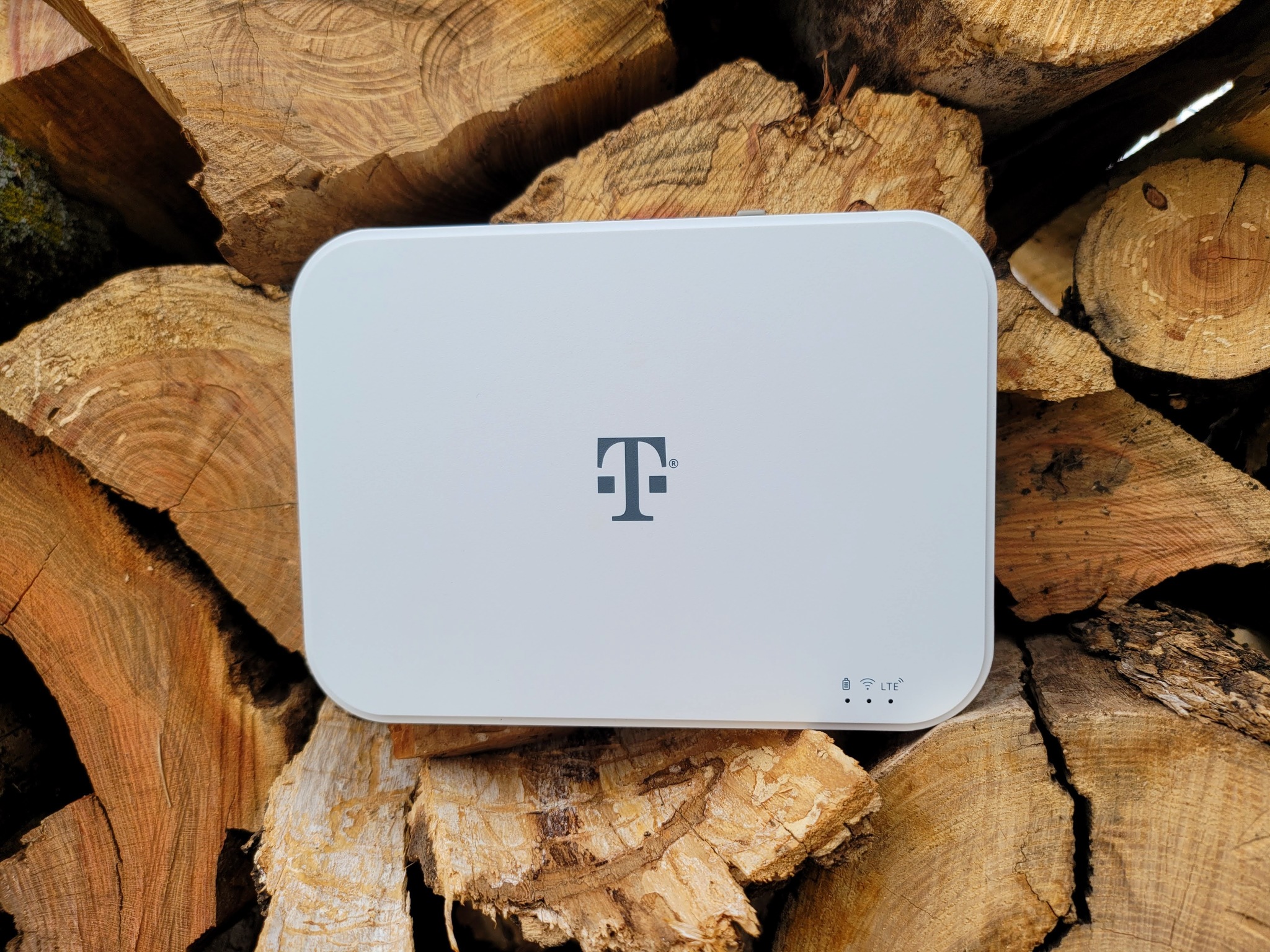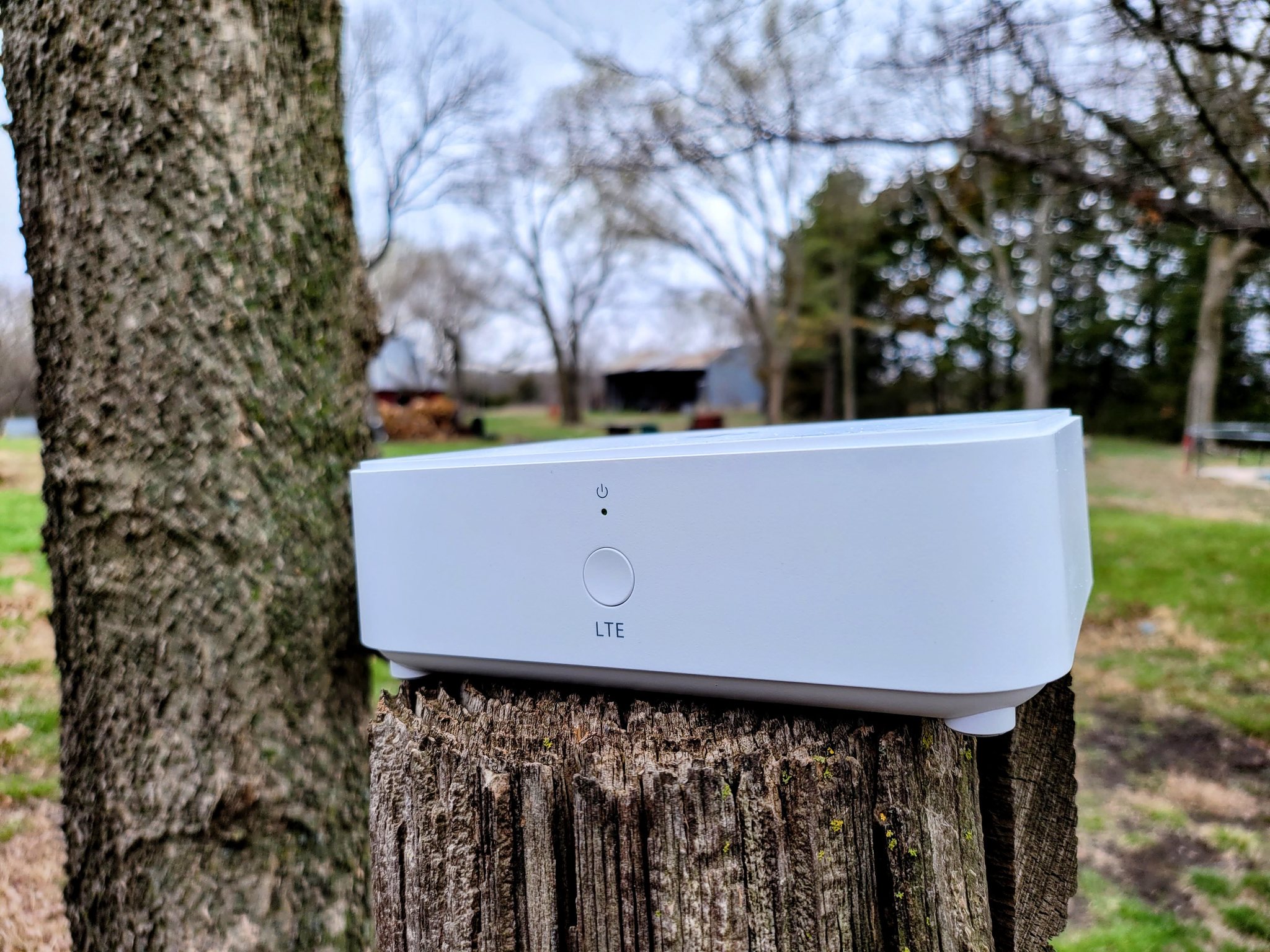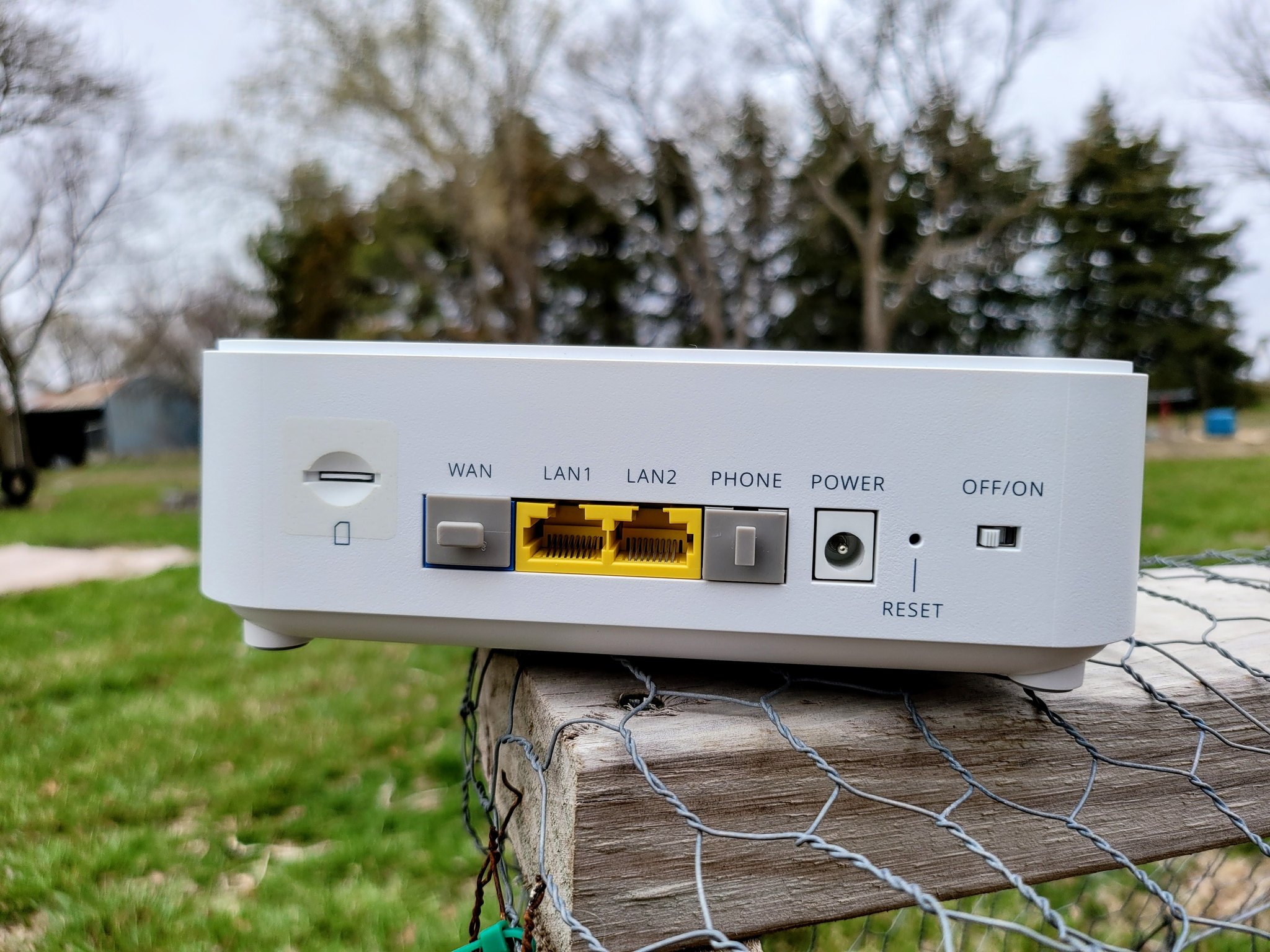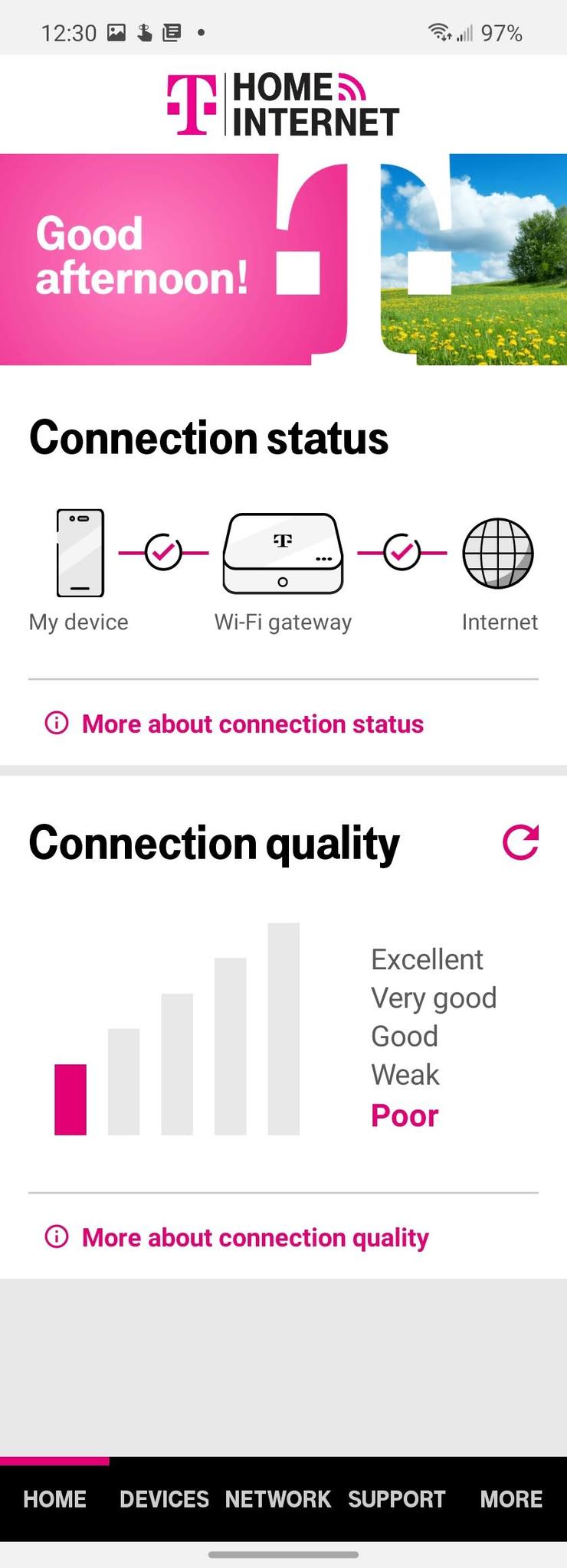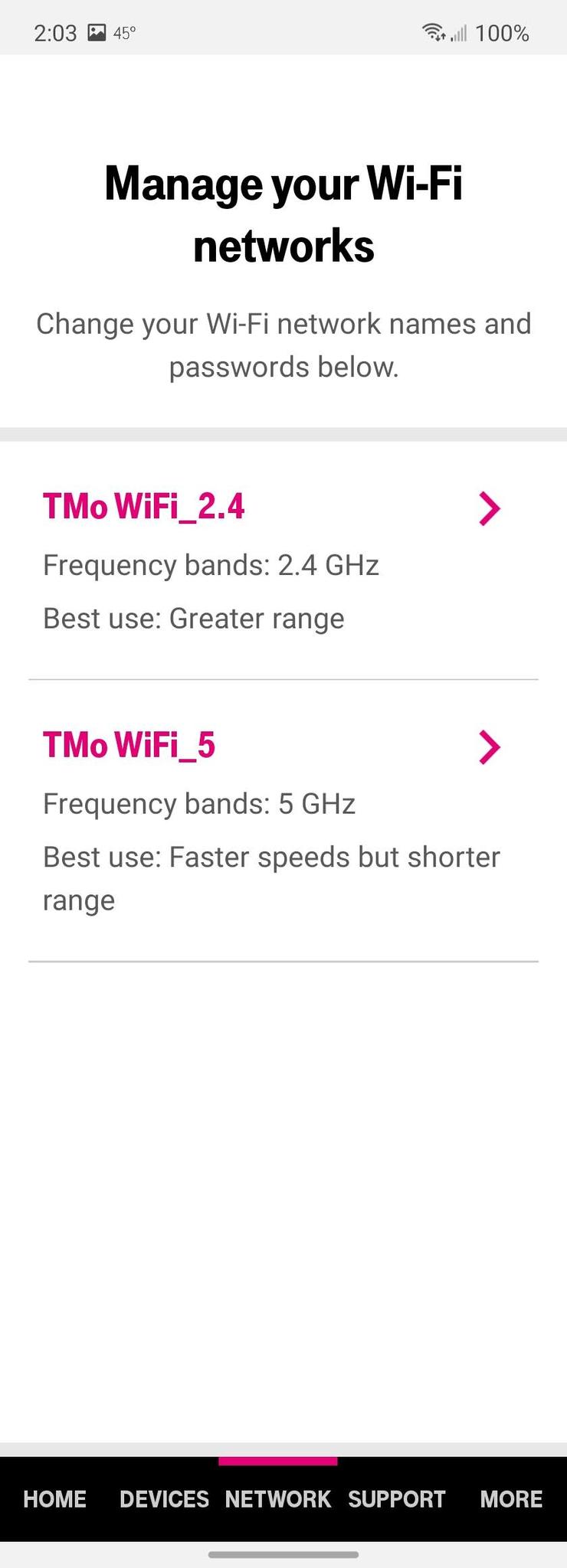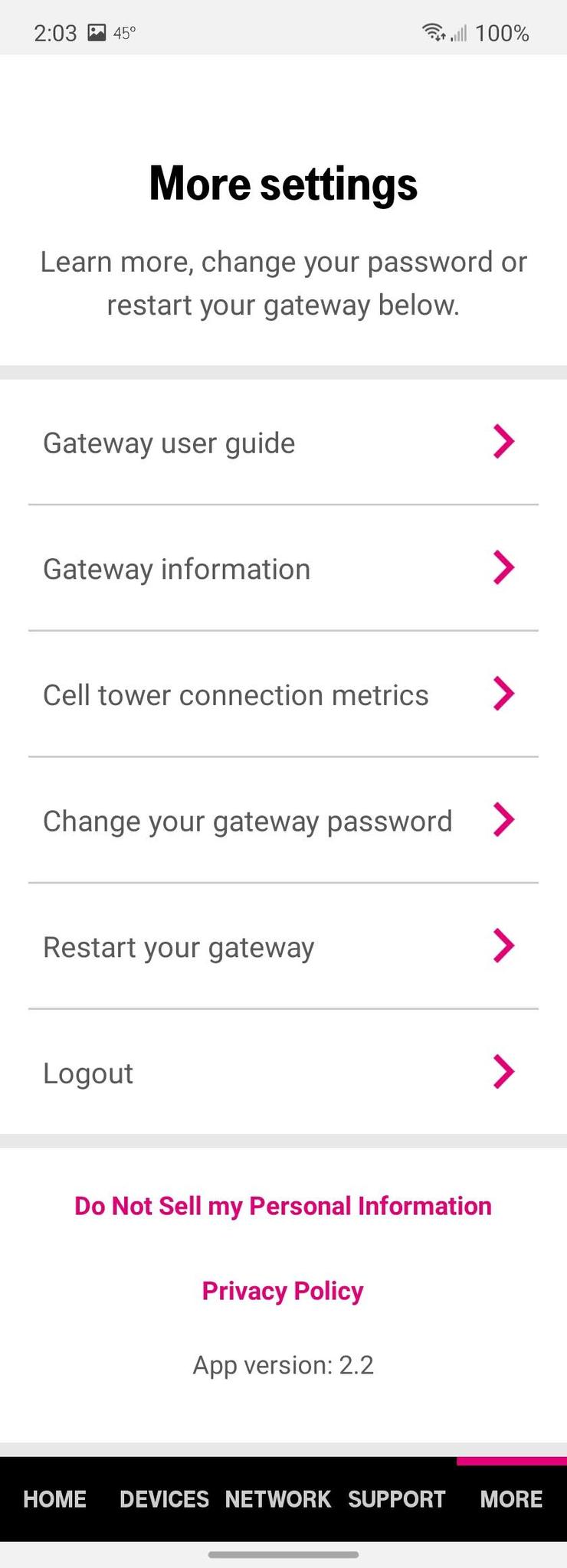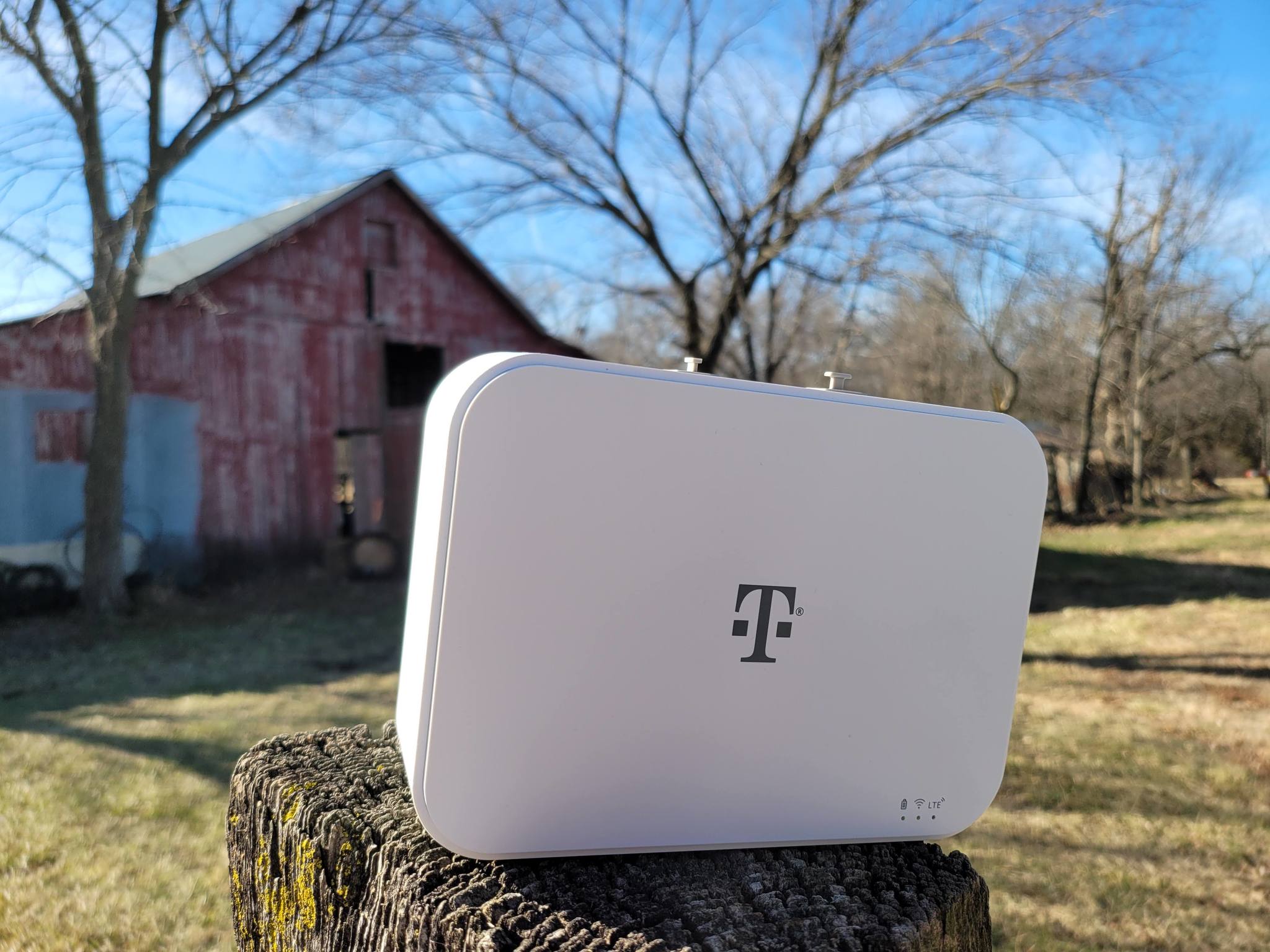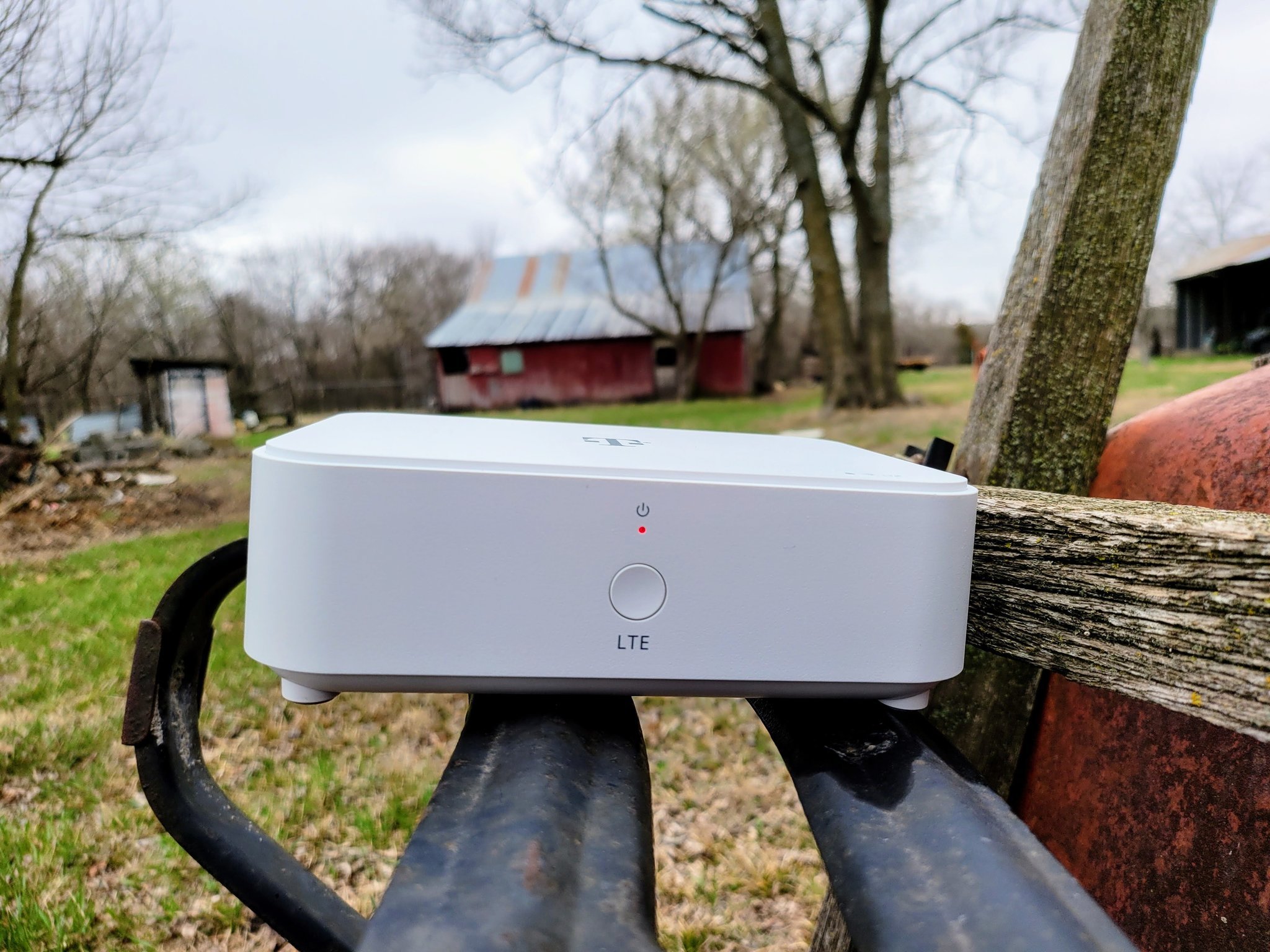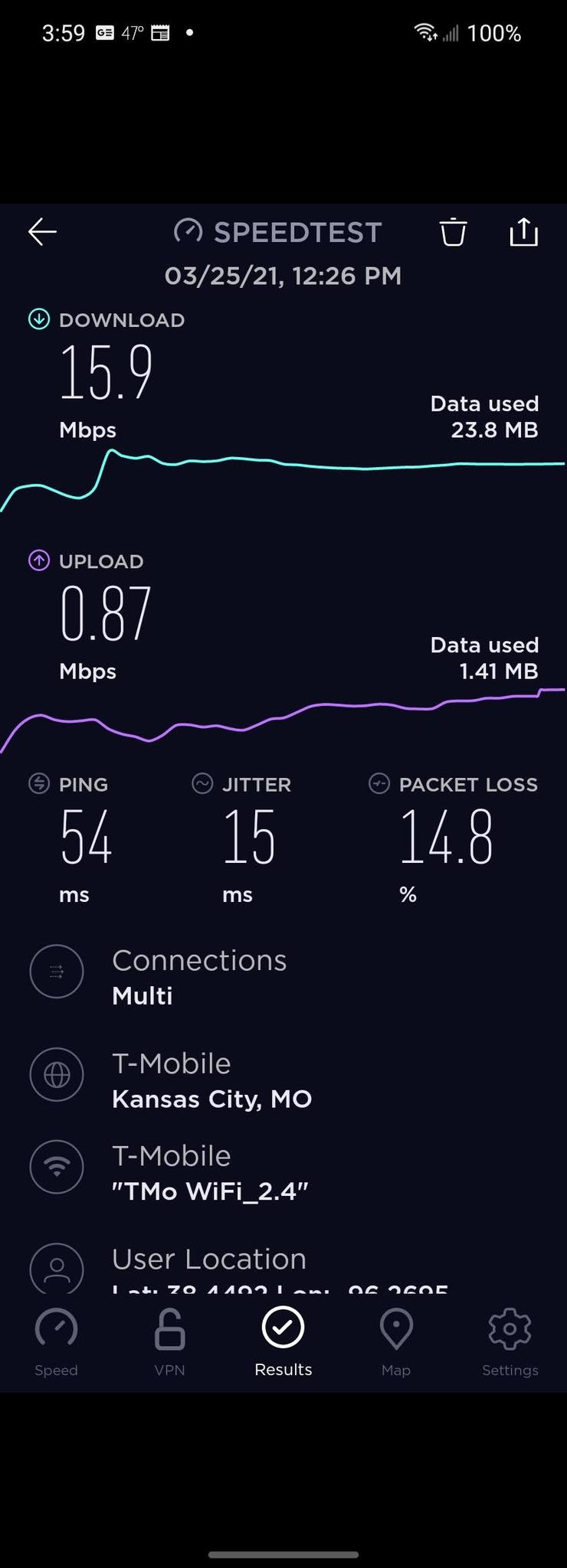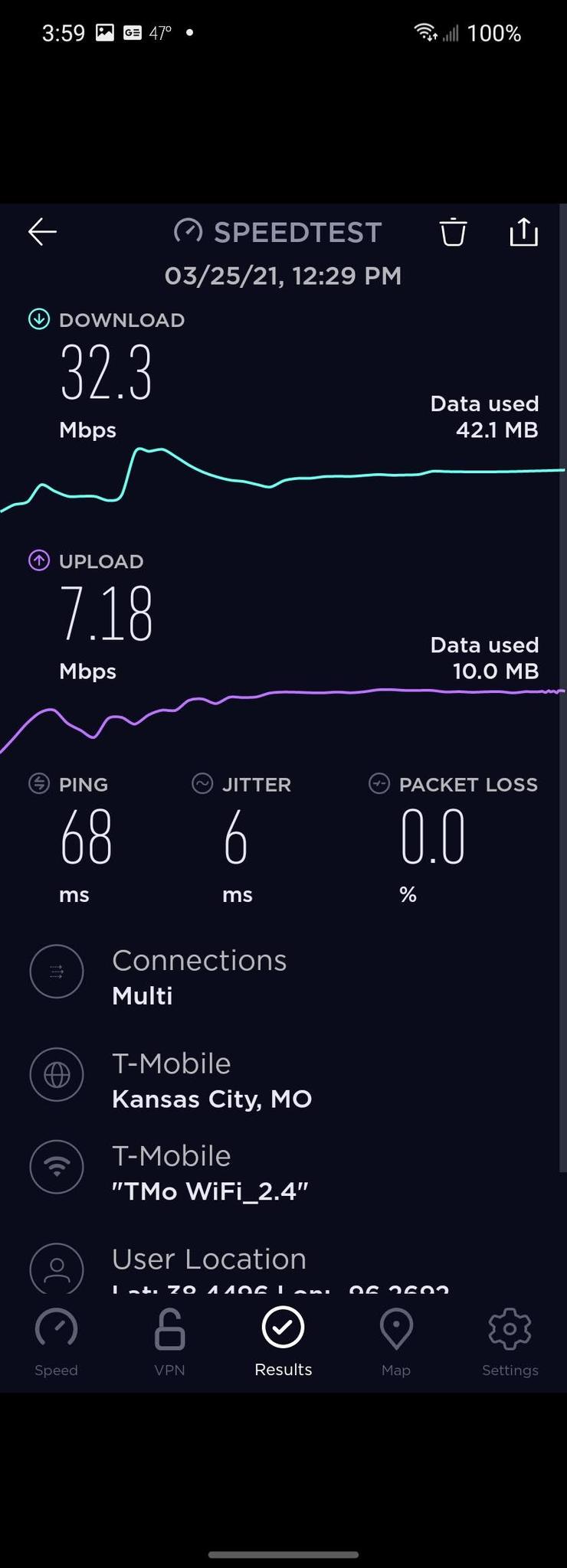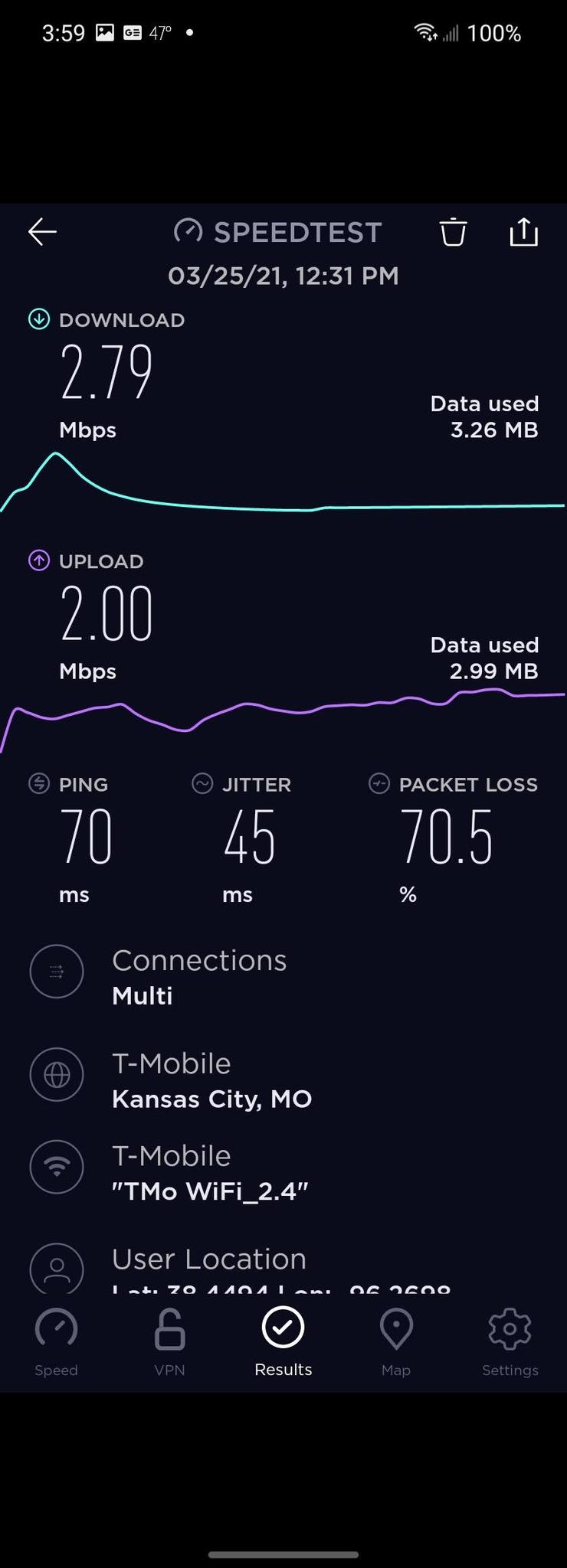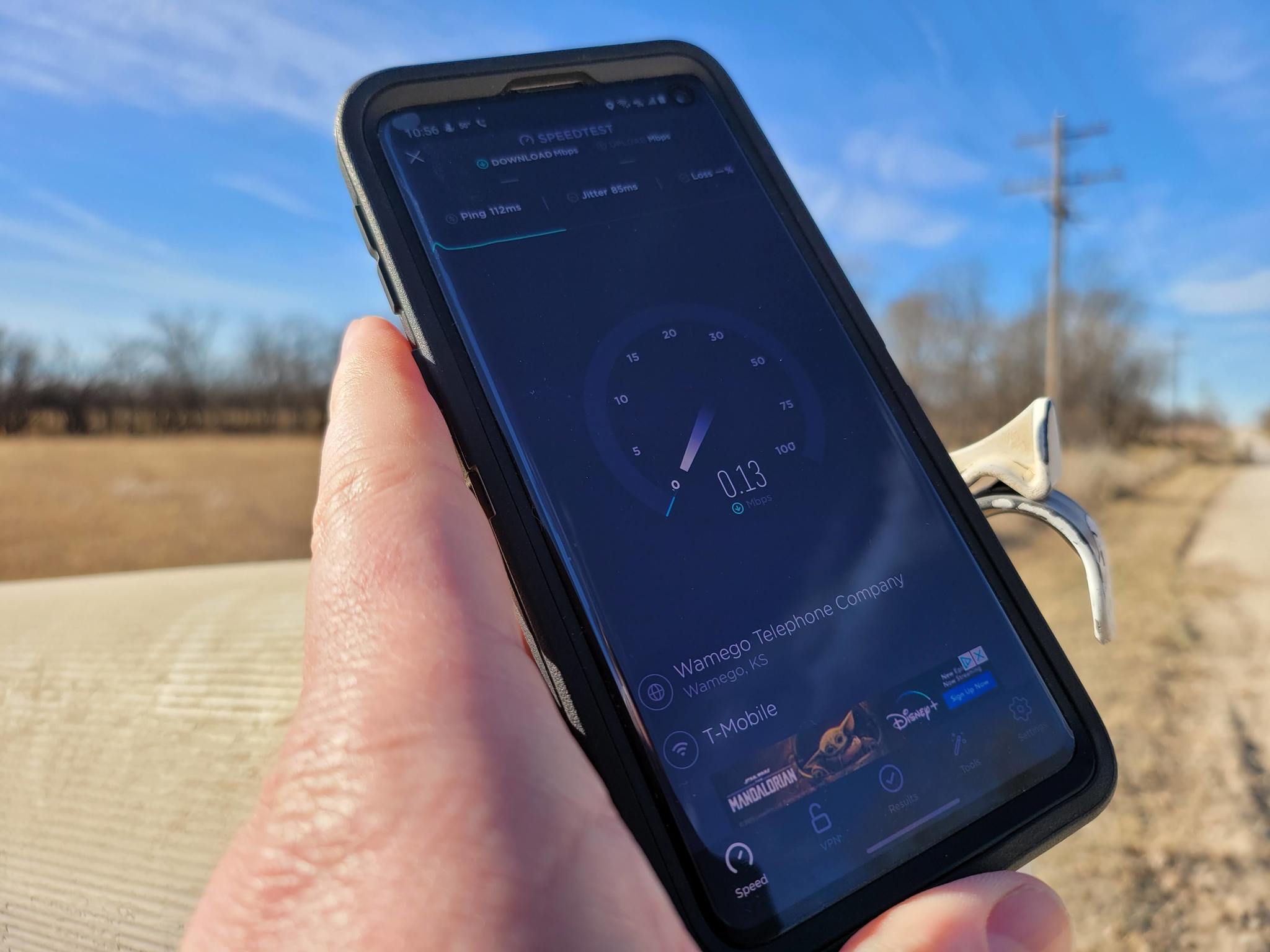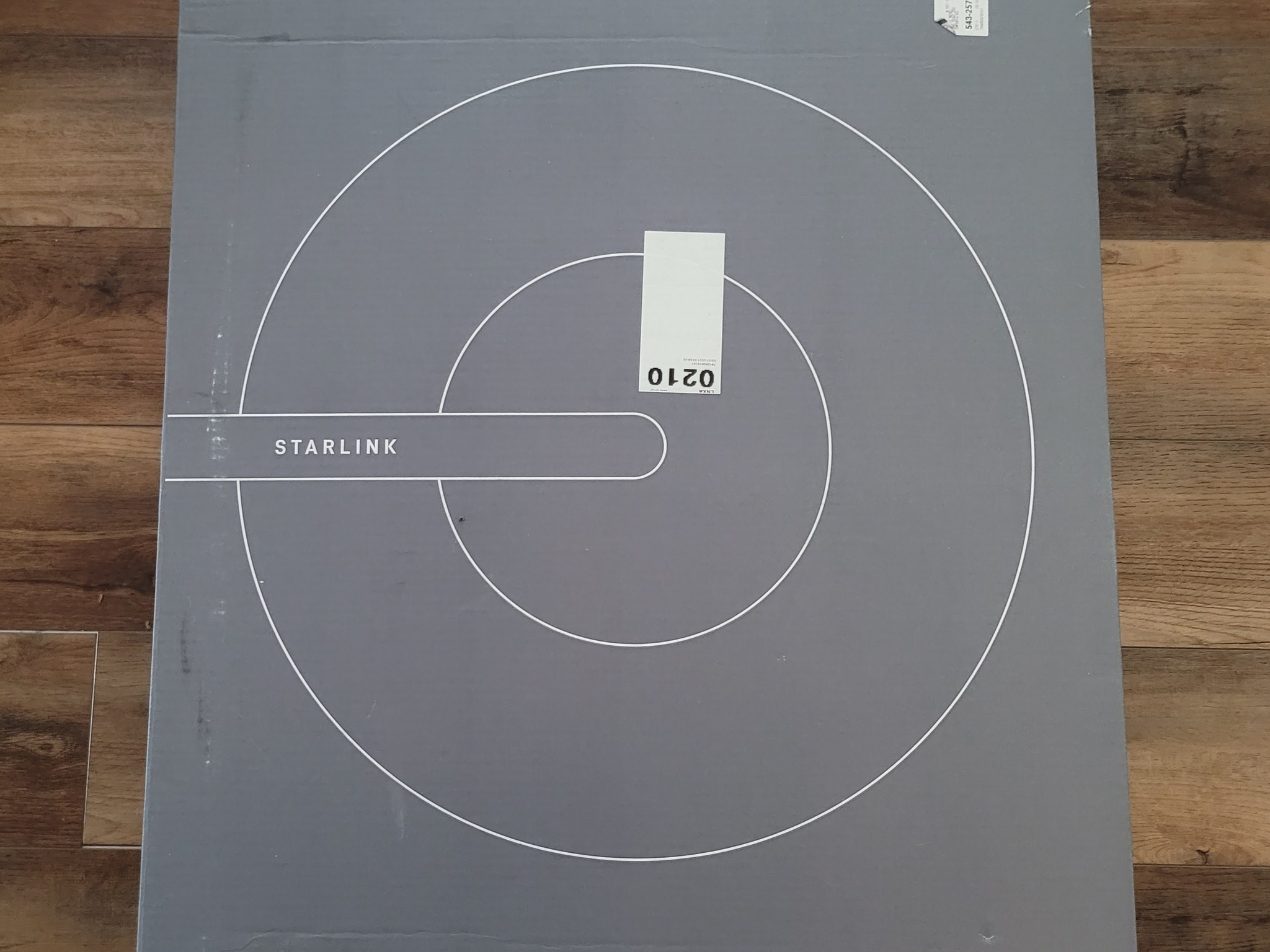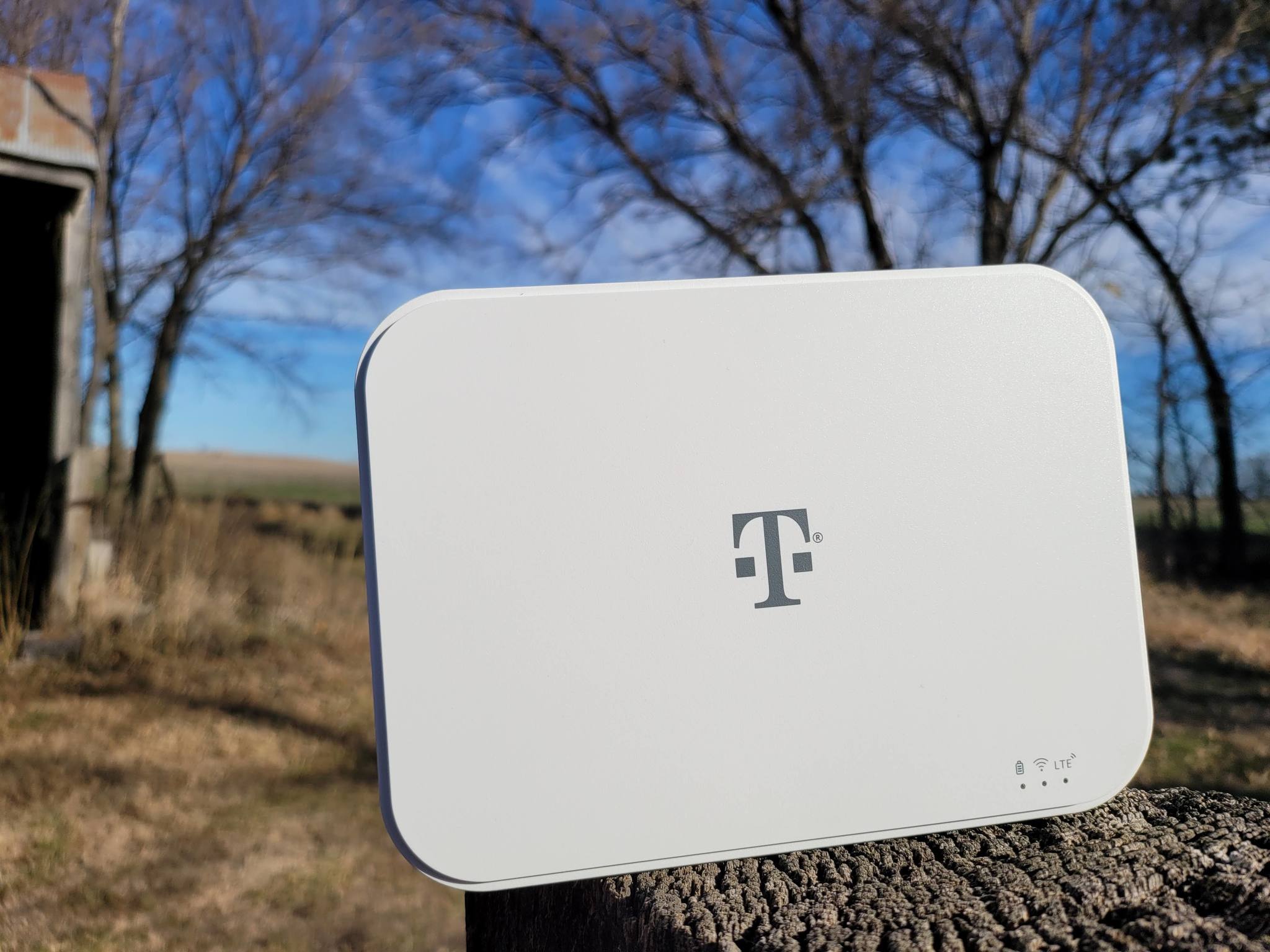For those with limited broadband options, this is an excellent internet source with a lot of if's.
After spending over a decade living in rural Kansas with little to no decent internet, I was ecstatic to try and, after four months, give a T-Mobile Home Internet review. As I discussed in my look towards 5G in 2021 to help rural internet, one of the most considerable sacrifices that people who want to live the country life face is a complete lack of legitimate broadband access.
It's been a couple of years since T-Mobile announced its Home Internet service, and when the slow rollout made it to me, I jumped on it. The mobile carrier has been my cell provider for about seven years and has been pretty good. Admittedly, where my home is, no carrier is great — no matter what the coverage maps say.
Did I believe that T-Mobile's Home Internet offering could be the fast and reliable internet savior I was looking for — no. However, the carrier's been making speedy upgrades to the towers in my area, with my nearby town even getting 5G. With these expansions, I decided to take the chance and get the service. I figured for $50 a month, it was worth taking a flyer to see how it panned out. This is my experience using T-Mobile Home Internet and the 4G LTE WFi Gateway.
T-Mobile Home Internet
Bottom line: If you have good T-Mobile coverage at your home and want a simple to set up home internet with an excellent companion app, this can be a great service for you.
The Good
- Low-cost
- No data caps
- Equipment is included
- The Wi-Fi gateway has a battery backup
- Great companion app
The Bad
- Spotty signal means unreliable internet
- The Wi-Fi gateway's range could be better
- 4G LTE only in some areas
T-Mobile Home Internet: Price and availability
In areas where the service is available, T-Mobile Home Internet is $65 per month or $60 with AutoPay. This rate includes all taxes and fees, along with the equipment. When T-Mobile Home Internet initially launched, the price was $50 per month.
T-Mobile Home Internet: What you'll like
As soon as the sign-up page for T-Mobile's Home Internet service went live, I signed up. I have waited for almost two years until the email finally arrived saying the service was available for my house. I couldn't have been more excited.
When the equipment arrived, inside was a simple white box with a pre-installed SIM card and a power adapter. So, I plugged it in, downloaded the companion app onto my phone, and began setup.
| T-Mobile LTE WiFi Gateway | T-Mobile High-Speed Internet Gateway | |
|---|---|---|
| Dimensions | 170mm x 124mm | 216mm x 120mm |
| Battery | 5200mAh | 5000mAh |
| Display | ❌ | ✔ |
| Colors | White | Silver |
| Wireless standard | 3GPP LTE , LTE Category 12 802.11 a/b/g/n/ac |
IEEE 802.11ax Tri-Band 4+4+4 (Wi-Fi 6) Seamless roaming (IEEE 802.11k/v) |
| Ports | 1 x WAN 2 x LAN |
2 X GbE LAN |
The T-Mobile Home Internet companion app is used to initialize and set up the gateway and get network details. Within the app, you'll assign passwords to each of the networks, 2.4GHz, and 5GHz, and if you choose, you can rename the networks. The setup process is relatively simple and once complete, the app gives some helpful info.
The app's home screen tells the connection status as well as connection quality. This is shown as you'd expect it to be from a cellular carrier, bars a filled left to right just like a smartphone. There's a device list to see what is connected to your network, and clicking on a device lets you see its connection info and schedule times it's allowed online.
The app's final tab is where the user guide, gateway information, cell tower connection metrics, gateway restart, and more can be found. Using the cell tower connection metrics, you can get a lot of information that directly correlates with your internet experience. While much of it can seem like technical nonsense, the info is available if you decide you want to dig into what it all means — or if you call tech support.
The T-Mobile Home Internet app is an excellent asset to the overall experience.
The gateway itself has a 5200mAh battery that is kept a full-charge while plugged in, but when I lost power at my home, it was able to keep me online for a few hours until electricity was restored. The other great benefit to the gateway having a battery is that I could carry it around my home and yard, to test different areas for a signal to find the best spot for it.
There are three status lights on top of the unit to show information on the battery, Wi-Fi, and LTE state. The front of the gateway has a power indicator light and a button that, when pressed, uses the power light to indicate LTE signal strength.
My experience using the service was a bit mixed. Over four months using it, I streamed my YouTube TV, Netflix, and ran all of my smart home devices, and all other online experiences, that averaged to about 425GB per month of usage. There's no data cap, so I was never concerned about that.
While the signal my booster sent to the gateway helped my internet, it wasn't the same type of signal T-Mobile sends.
Usually, my signal strength was two bars, or weak, according to the app. This equated out to about 6 Mbps down and 2 Mbps up. I installed a signal booster designed to improve T-Mobile frequencies, and it did give me some improvements. With the T-Mobile Home Internet app showing I had full signal strength, I would average speed tests of 15 Mbps down with 12 Mbps up. Although, I could find areas in my yard where I could get up to 37 Mbps down and 20 Mbps up.
I was able to use the ports on the back of the gateway to plug in my Nest WiFi so that I wouldn't have to reset the network for all of my smart home devices. I didn't notice any issues when using my own network over the T-Mobile option, so that was a nice bonus.
T-Mobile Home Internet: What you won't like / What's not good
As you could see in the section above, the biggest downside is the speed. This issue will be subjective on where you live and what type of T-Mobile signal coverage is available at your home. T-Mobile says that most customers will get download speeds over 50 Mbps, and while this may be true, it will be very dependent on what the coverage is at your home.
Holding the gateway over my head in the corner of the property, I could get 37 Mbps download speeds.
Walking around the inside of my home, I could go from 12 Mbps to 2 Mbps by moving the gateway only a few feet. I would get a similar experience taking the gateway with me outside and walking around my yard. I found pockets of good to great coverage where I could get consistent 20 Mbps down and 8 Mbps up.
The only thing consistent about the signal coverage at my home was the inconsistency. This is one of the most significant faults to the T-Mobile Home Internet. I know that isn't an issue with the device specifically, but it is with the service overall. Not every home will have as bad of signal coverage as mine does, but as the service could be the only option for some people — it is a problem.
While the gateway has some helpful features, one of the few shortcomings is signal range for a gateway. As expected, the 5Ghz band doesn't reach far, but the 2.4Ghz could be better than it is. When outside of my house, I couldn't get much more than 50 feet from my home, and I'd lose the signal altogether.
It would be helpful for the gateway to have external antennas to help with extending the broadcast signal. While this would cut down on the device's aesthetics, its design won't win any awards anyhow.
It is worth keeping in mind that signal availability both inside and outside of the home is contingent on the gateway's placement and what materials your house is made from.
Finally, the other drawback to the T-Mobile Home Internet service is coverage. This is for the basic level of 4G LTE coverage and the more important for home internet, the 5G coverage. My home is starting to see the flickers of 5G signal reach my property and light up on my Samsung Galaxy Z Fold 2 from time to time.
T-Mobile has two different gateways, the one that I have that maxes out at 4G LTE while the High-Speed Internet Gateway that is far more advanced. This gateway supports not only 5G speeds and other benefits but also is future-proofed with Wi-Fi 6. T-Mobile is rolling out its 5G coverage faster than any carrier and plans to cover more than 300 million Americans by 2022. This will be necessary to prop up its home internet aspirations fully.
T-Mobile Home Internet: Competition
When it comes to competition for the T-Mobile Home Internet service, it is a mixed bag. Mainly because it depends on who the target is. I'm looking at more rural offerings because that is where this service can have the most impact. When going that route, if it's available where you are, Starlink is currently the biggest competitor.
Rural areas don't have much competition because most people only have one, maybe two choices if lucky to have any.
While the service is still in a "better than nothing beta" and expensive, it is expanding and becoming more widely available. I have personally switched to it within the last few weeks and have been very impressed. Both the download and upload speeds have been solid, as has the latency. The benefit of Starlink is that the restrictions of cell tower locations don't hamper it. However, the number of satellites and whether you can get the dish a clear view of the sky does.
The other competition could be fixed wireless options in your area. Prior to using T-Mobile Home Internet, I used a local fixed wireless company that had recently installed a tower near me. The service offered different tiers, with the max speed being 25 Mbps down and 10 Mbps up — priced at $110 a month.
Providers like these generally don't have data caps — which is nice — but are restricted to the broadcast towers' line-of-sight. Like Starlink, fixed wireless providers require additional equipment to be installed outside of your home in addition to routers inside.
T-Mobile Home Internet: Should you buy it?
You should buy this if ...
- You have decent T-Mobile coverage at your home.
- You want a simple hardware set up with good app support.
- You can get the service and have no other broadband options.
You shouldn't buy this if...
- You want to game online.
- You have spotty T-Mobile coverage and rely on the internet for work or school.
- You don't want to use additional signal coverage devices for your home.
For some people, if the service is available in your area and you have limited options, this may be your only choice. It's low-cost compared to most internet providers in rural areas, and if the coverage is good, the speeds can be great — especially if 5G is available. However, if the T-Mobile signal isn't very good at your home and you plan to rely on the internet for school or work, this might not be for you.
For a product or service that relies heavily on cellular coverage, experience is very subjective. I truly believe that the T-Mobile Home Internet service can be a really great option for those who have limited choices. It was my only source of internet for four months, and while the speeds weren't excellent by any count, it was able to get by on it.
I used it to work from home, entertainment, and operate my smart home devices. Was the service perfect? Not even close, but for some, it beats what is available. I saw people who use the 4G LTE gateways and those who have the 5G option, and those people got excellent speeds. So, as T-Mobile continues to expand its 5G network more and more people, T-Mobile Home Internet has a lot of potential.
T-Mobile Home Internet
Easy to set up and use Wi-Fi gateway that is very well supported by a great app. Experience is greatly dependent on T-Mobile coverage at your home.
Source: androidcentral
